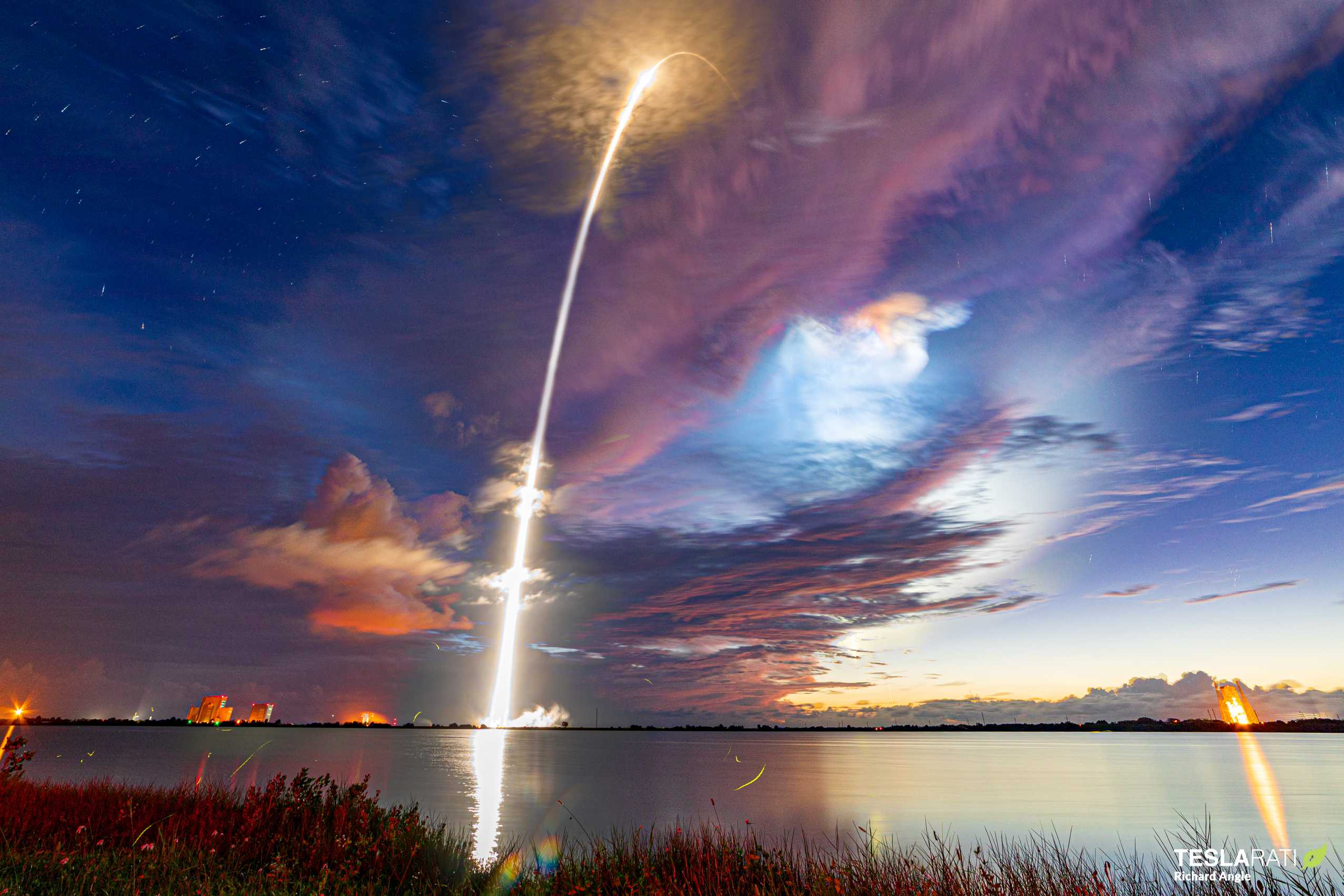

News
SpaceX on track to become third most valuable private company in the world
SpaceX is on track to become the third most valuable private company in the world if it successfully raises a new round of funding.
First reported and confirmed by CNBC, SpaceX hopes to raise between $500 million and $1 billion via a new investment offering. The Series N round would ultimately value the company at $44 billion – second only to China’s Didi and Bytedance (known in the US for TikTok) – if SpaceX finds significant investor interest at the upgraded $270 share price. Based on the ~$3.4 billion SpaceX has raised over more than a dozen rounds in just the last several years, strong investor demand is all but guaranteed.
The confidence and interest of investors can be explained in large part by SpaceX’s spectacular success in the face of countless systemic and technological challenges, as well as its association with founder and Tesla CEO Elon Musk. Perhaps even more at odds with success than SpaceX’s near-term goals, Tesla’s meteoric rise and iron grip on the global consumer electric vehicle industry has unsurprisingly helped convince many that success is often just a matter of time for Musk’s calculated ventures.
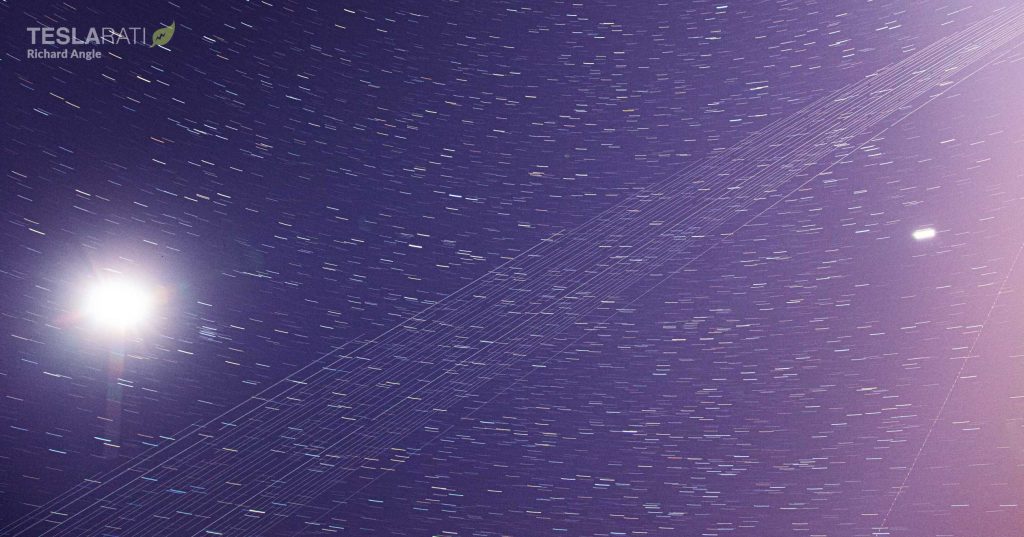
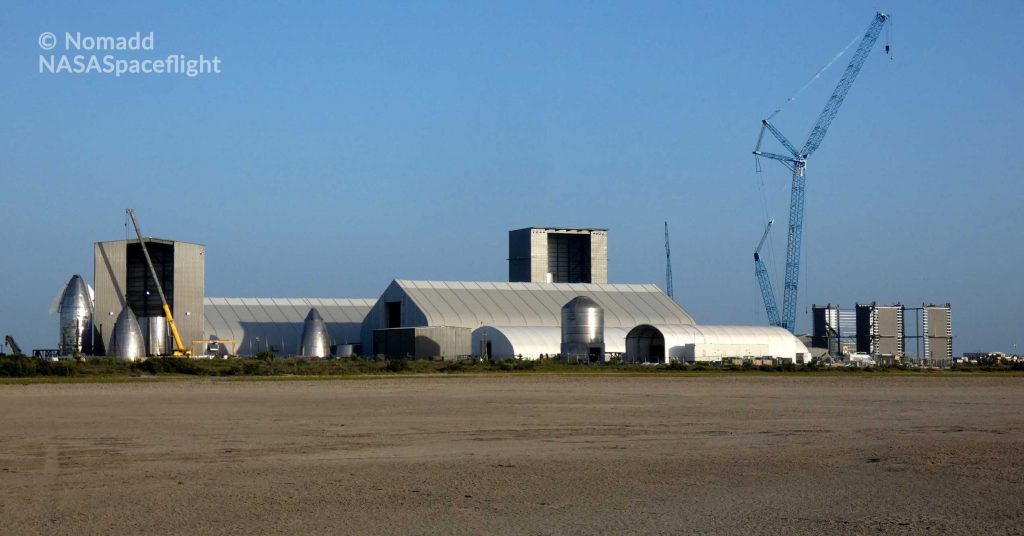
Like several recent fundraising rounds, SpaceX is seeking investors willing to support the company’s long-term vision in the hopes that its Starship and Starlink programs will be as disruptive and revolutionary as they aim to be. CNBC reports that SpaceX is telling prospective investors that Starlink aims to become a major player in a range of industries with a potential global market of more than $1 trillion per year. That figure is almost certainly a best-case theoretical value assuming that SpaceX has completed a vast ~40,000-satellite Starlink constellation and is able to capture almost every single prospective customer.
It’s still within the realm of possibility, though. On its own, Starlink holds the potential to become one of the largest companies in the world – public or private – if SpaceX achieves every ambitious goal it’s set itself to. In that context, there’s a chance that acquiring a stake in SpaceX at a valuation of ~$44 billion will set investors up for unprecedented returns on the order of Tesla investors buying shares for $100-200 in the early 2010s.
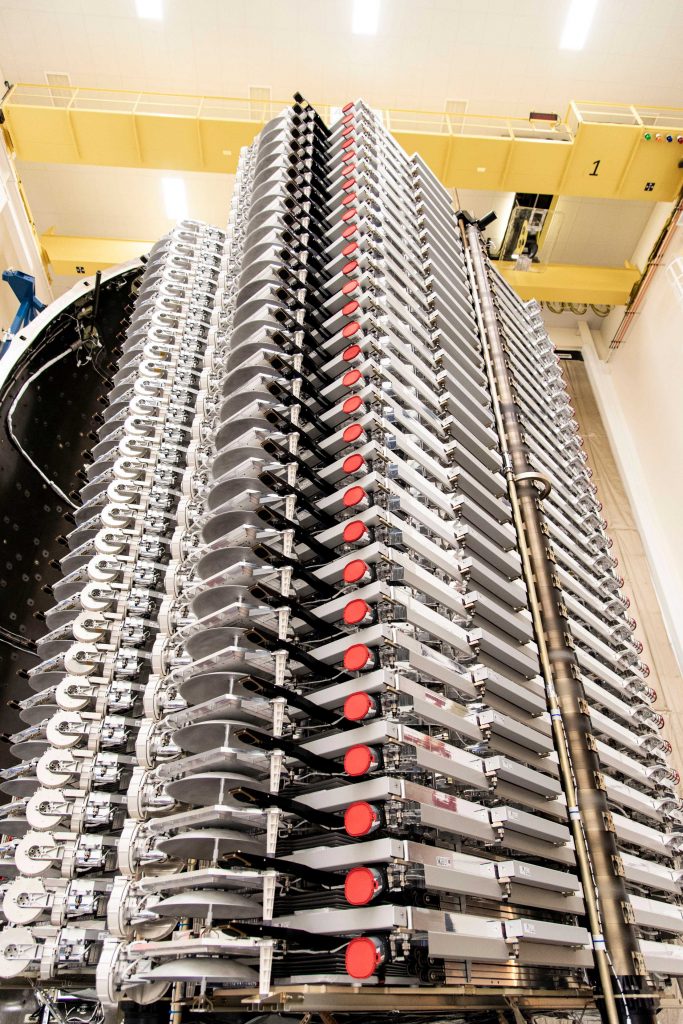
Of course, that investment rationale doesn’t even touch on Starship, aside from the fact that Starship will be a necessity if SpaceX is to have any chance of launching and maintaining a constellation of tens of thousands of satellites. Beyond the Starship/Super Heavy launch vehicle’s integral role in future plans for Starlink, the next-generation rocket is arguably a much thornier technical challenge than Starlink while also offering far less return-on-investment (ROI) certainty. Relative to other industries, particularly those with demand for communications services, the global demand for commercial launch services is minuscule, representing just a few billion dollars per year.
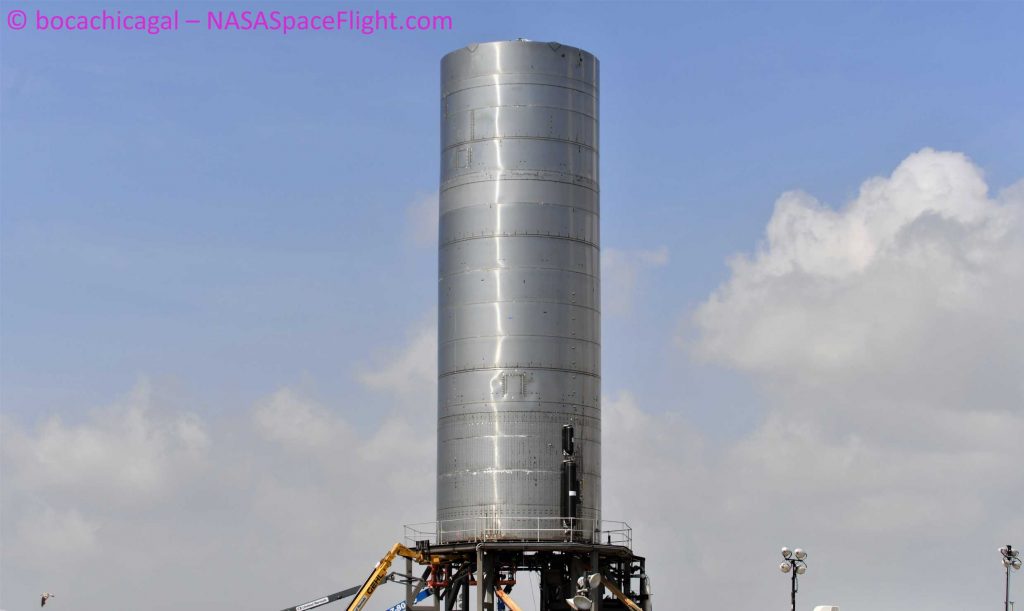
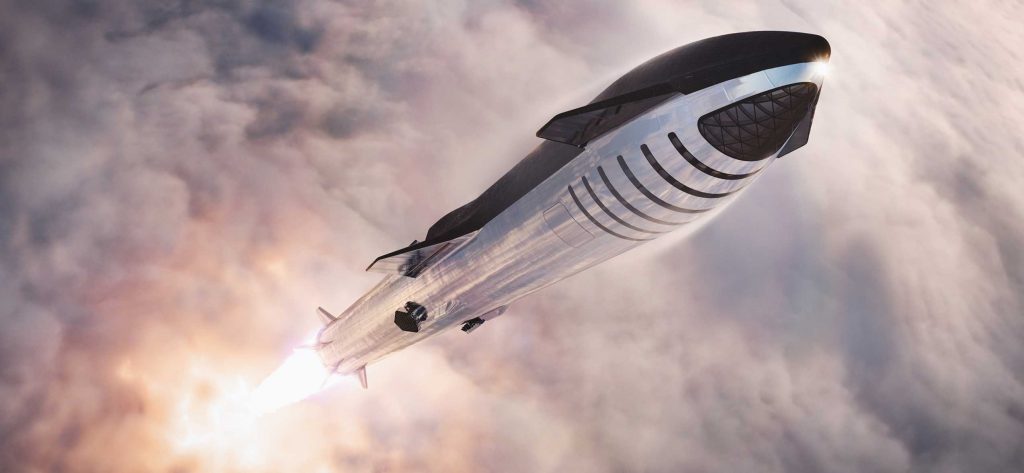
Even if Falcon 9 – let alone Starship – dramatically cuts the cost of access to orbit, there’s no guarantee beyond basic economic theory that lowering the barrier to entry will necessarily expand the market for launches. For a radical expansion in demand, entire new space-adjacent industries will have to be created given that the vast majority of modern demand comes from space-based communications companies.
SpaceX has known that this would be the case for at least half a decade, however, and is thus intelligently positioning Starlink as a primary investor focus as far as revenue and profit are concerned. Starlink would thus help SpaceX complete the Starship launch vehicle, which is far more focused on the company’s foundational goal of making humanity a multiplanetary species by enabling the creation of a self-sustaining city on Mars. Still, Starship will need to be revolutionarily affordable, reliable, and reusable for SpaceX to ever even dream of achieving that founding goal.
In the process of tackling those technical challenges, Starship could very well expand the global space industry by one or several magnitudes, but it will remain a major wildcard up until the day it does.
Check out Teslarati’s Marketplace! We offer Tesla accessories, including for the Tesla Cybertruck and Tesla Model 3.
Elon Musk
Why Tesla’s Q3 could be one of its biggest quarters in history
Tesla could stand to benefit from the removal of the $7,500 EV tax credit at the end of Q3.

Tesla has gotten off to a slow start in 2025, as the first half of the year has not been one to remember from a delivery perspective.
However, Q3 could end up being one of the best the company has had in history, with the United States potentially being a major contributor to what might reverse a slow start to the year.
Earlier today, the United States’ House of Representatives officially passed President Trump’s “Big Beautiful Bill,” after it made its way through the Senate earlier this week. The bill will head to President Trump, as he looks to sign it before his July 4 deadline.
The Bill will effectively bring closure to the $7,500 EV tax credit, which will end on September 30, 2025. This means, over the next three months in the United States, those who are looking to buy an EV will have their last chance to take advantage of the credit. EVs will then be, for most people, $7,500 more expensive, in essence.
The tax credit is available to any single filer who makes under $150,000 per year, $225,000 a year to a head of household, and $300,000 to couples filing jointly.
Ending the tax credit was expected with the Trump administration, as his policies have leaned significantly toward reliance on fossil fuels, ending what he calls an “EV mandate.” He has used this phrase several times in disagreements with Tesla CEO Elon Musk.
Nevertheless, those who have been on the fence about buying a Tesla, or any EV, for that matter, will have some decisions to make in the next three months. While all companies will stand to benefit from this time crunch, Tesla could be the true winner because of its sheer volume.
If things are done correctly, meaning if Tesla can also offer incentives like 0% APR, special pricing on leasing or financing, or other advantages (like free Red, White, and Blue for a short period of time in celebration of Independence Day), it could see some real volume in sales this quarter.
You can now buy a Tesla in Red, White, and Blue for free until July 14 https://t.co/iAwhaRFOH0
— TESLARATI (@Teslarati) July 3, 2025
Tesla is just a shade under 721,000 deliveries for the year, so it’s on pace for roughly 1.4 million for 2025. This would be a decrease from the 1.8 million cars it delivered in each of the last two years. Traditionally, the second half of the year has produced Tesla’s strongest quarters. Its top three quarters in terms of deliveries are Q4 2024 with 495,570 vehicles, Q4 2023 with 484,507 vehicles, and Q3 2024 with 462,890 vehicles.
Elon Musk
Tesla Full Self-Driving testing continues European expansion: here’s where
Tesla has launched Full Self-Driving testing in a fifth European country ahead of its launch.

Tesla Full Self-Driving is being tested in several countries across Europe as the company prepares to launch its driver assistance suite on the continent.
The company is still working through the regulatory hurdles with the European Union. They are plentiful and difficult to navigate, but Tesla is still making progress as its testing of FSD continues to expand.
Today, it officially began testing in a new country, as more regions open their doors to Tesla. Many owners and potential customers in Europe are awaiting its launch.
On Thursday, Tesla officially confirmed that Full Self-Driving testing is underway in Spain, as the company shared an extensive video of a trip through the streets of Madrid:
Como pez en el agua …
FSD Supervised testing in Madrid, Spain
Pending regulatory approval pic.twitter.com/txTgoWseuA
— Tesla Europe & Middle East (@teslaeurope) July 3, 2025
The launch of Full Self-Driving testing in Spain marks the fifth country in which Tesla has started assessing the suite’s performance in the European market.
Across the past several months, Tesla has been expanding the scope of countries where Full Self-Driving is being tested. It has already made it to Italy, France, the Netherlands, and Germany previously.
Tesla has already filed applications to have Full Self-Driving (Supervised) launched across the European Union, but CEO Elon Musk has indicated that this particular step has been the delay in the official launch of the suite thus far.
In mid-June, Musk revealed the frustrations Tesla has felt during its efforts to launch its Full Self-Driving (Supervised) suite in Europe, stating that the holdup can be attributed to authorities in various countries, as well as the EU as a whole:
Tesla Full Self-Driving’s European launch frustrations revealed by Elon Musk
“Waiting for Dutch authorities and then the EU to approve. Very frustrating and hurts the safety of people in Europe, as driving with advanced Autopilot on results in four times fewer injuries! Please ask your governing authorities to accelerate making Tesla safer in Europe.”
Waiting for Dutch authorities and then the EU to approve.
Very frustrating and hurts the safety of people in Europe, as driving with advanced Autopilot on results in four times fewer injuries!
Please ask your governing authorities to accelerate making Tesla safer in Europe. https://t.co/QIYCXhhaQp
— Elon Musk (@elonmusk) June 11, 2025
Tesla said last year that it planned to launch Full Self-Driving in Europe in 2025.
Elon Musk
xAI’s Memphis data center receives air permit despite community criticism
xAI welcomed the development in a post on its official xAI Memphis account on X.

Elon Musk’s artificial intelligence startup xAI has secured an air permit from Memphis health officials for its data center project, despite critics’ opposition and pending legal action. The Shelby County Health Department approved the permit this week, allowing xAI to operate 15 mobile gas turbines at its facility.
Air permit granted
The air permit comes after months of protests from Memphis residents and environmental justice advocates, who alleged that xAI violated the Clean Air Act by operating gas turbines without prior approval, as per a report from WIRED.
The Southern Environmental Law Center (SELC) and the NAACP has claimed that xAI installed dozens of gas turbines at its new data campus without acquiring the mandatory Prevention of Significant Deterioration (PSD) permit required for large-scale emission sources.
Local officials previously stated the turbines were considered “temporary” and thus not subject to stricter permitting. xAI applied for an air permit in January 2025, and in June, Memphis Mayor Paul Young acknowledged that the company was operating 21 turbines. SELC, however, has claimed that aerial footage shows the number may be as high as 35.
Critics are not giving up
Civil rights groups have stated that they intend to move forward with legal action. “xAI’s decision to install and operate dozens of polluting gas turbines without any permits or public oversight is a clear violation of the Clean Air Act,” said Patrick Anderson, senior attorney at SELC.
“Over the last year, these turbines have pumped out pollution that threatens the health of Memphis families. This notice paves the way for a lawsuit that can hold xAI accountable for its unlawful refusal to get permits for its gas turbines,” he added.
Sharon Wilson, a certified optical gas imaging thermographer, also described the emissions cloud in Memphis as notable. “I expected to see the typical power plant type of pollution that I see. What I saw was way worse than what I expected,” she said.
-

 Elon Musk3 days ago
Elon Musk3 days agoTesla investors will be shocked by Jim Cramer’s latest assessment
-

 News1 week ago
News1 week agoTesla Robotaxi’s biggest challenge seems to be this one thing
-

 News2 weeks ago
News2 weeks agoTexas lawmakers urge Tesla to delay Austin robotaxi launch to September
-

 Elon Musk2 weeks ago
Elon Musk2 weeks agoFirst Look at Tesla’s Robotaxi App: features, design, and more
-

 Elon Musk2 weeks ago
Elon Musk2 weeks agoxAI’s Grok 3 partners with Oracle Cloud for corporate AI innovation
-

 News2 weeks ago
News2 weeks agoSpaceX and Elon Musk share insights on Starship Ship 36’s RUD
-

 News2 weeks ago
News2 weeks agoWatch Tesla’s first driverless public Robotaxi rides in Texas
-

 News2 weeks ago
News2 weeks agoTesla has started rolling out initial round of Robotaxi invites


















